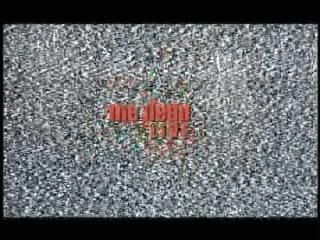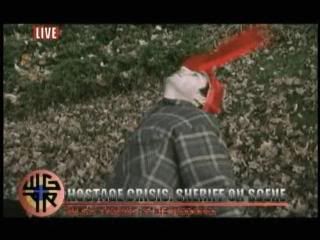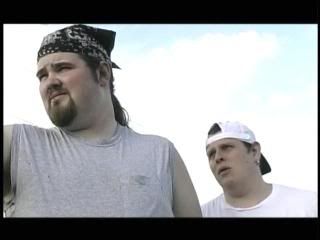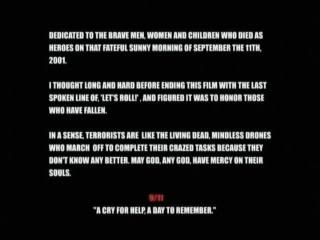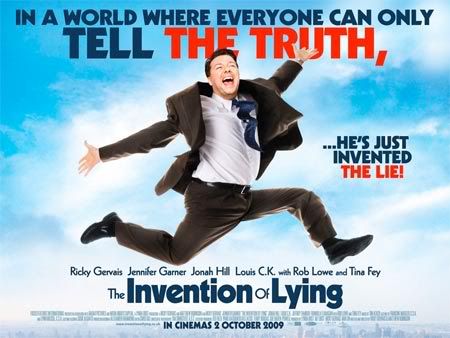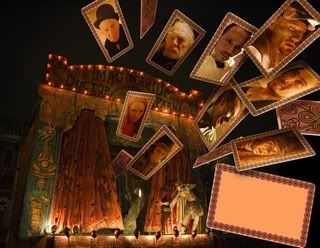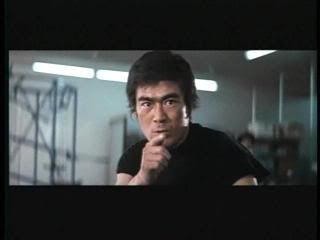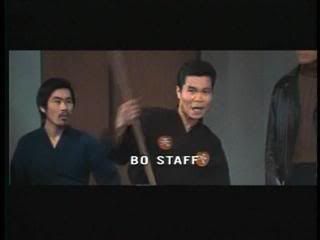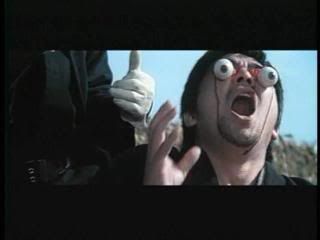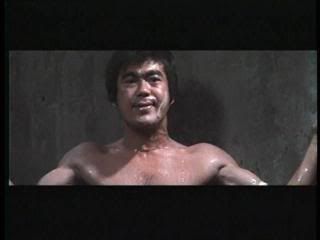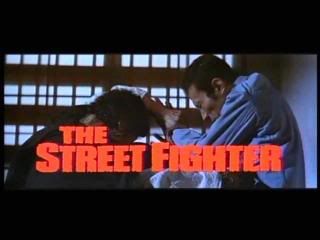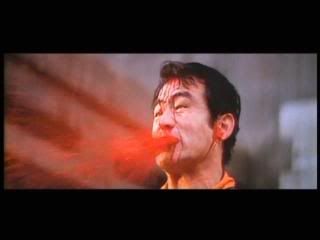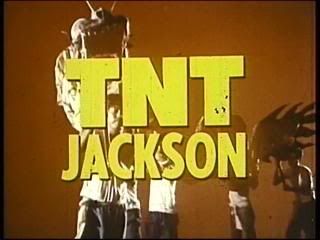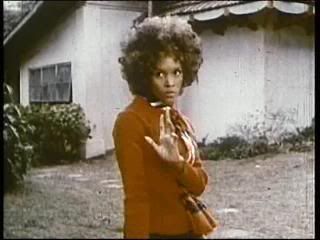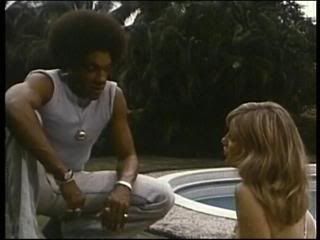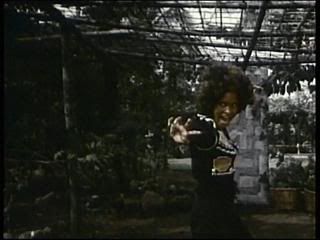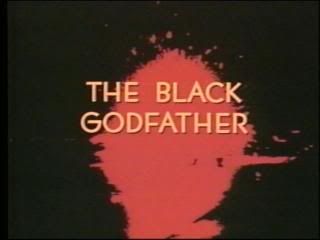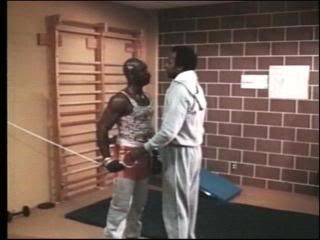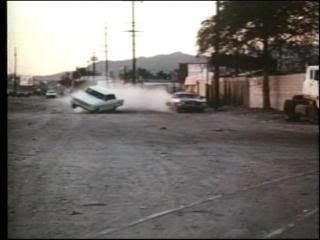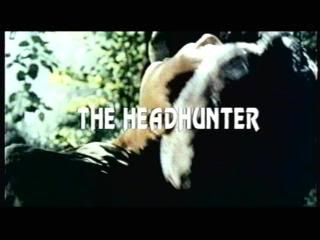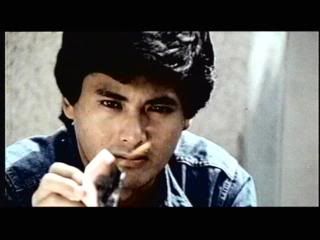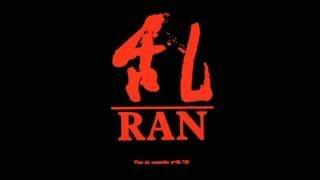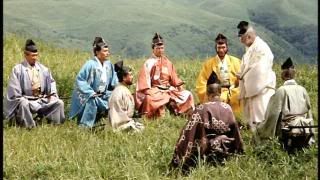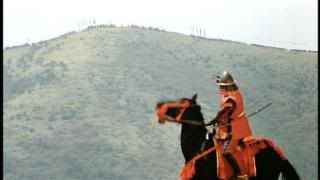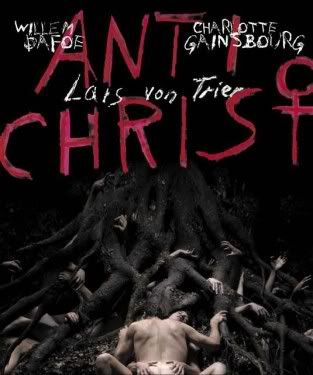
Some thoughts on Lars Von Trier's new film, Antichrist, which screened on Friday, September 26th at the Oxford Theatre, Halifax, as part of the 29th Atlantic Film Festival:
About midway through Lars Von Trier's Antichrist, Willem Dafoe (He) runs across a fox, which is in the process of tearing its own guts out. That is one hell of a creepy image, and the audience was notably disturbed. Von Trier follows this up by having the fox turn to the camera and declaring, in its best heavy metal voice, "Chaos Reigns!", at which point the audience burst into laughter. And with good reason; that shit was fucking ridiculous.
Antichrist is a pretty bad movie. Having read several reviews, the closest I've come to being convinced that it's actually a good movie stems from the argument some are making that it's actually a comedy. You're supposed to laugh at the film's heavy-handed symbolism, or the opening idyllic scene that's shot in the same fashion as a De Beers diamond solitaire commercial (or that "arty" Mr. Plow commercial from The Simpsons). That almost had me reconsidering things...until I realized that, even if that were the case, there are a dozen other filmmakers out there making horror-comedies (or action-comedies, or whatever) much, much better.
I'd hate to (merely) rag on a film, so I will say that it at least shows that Von Trier has the chops to make a great film. Some of the images are quite haunting, and one chapter of the film, "Grief", is actually quite good human drama. Much of it is, in fact, very well shot and very well acted; had those talents been used for a much better script, I'd have been happy.
I actually like films that disturb. I even like some films which sole purpose seems to be to disturb. I am less a fan of uneven, puerile films, and I think Antichrist falls into that category. A lot of arthouse hipsters are going to come to the defense of this one, claiming its artistic merit and disparaging the pleebs who can't understand it. And that's kinda funny.

